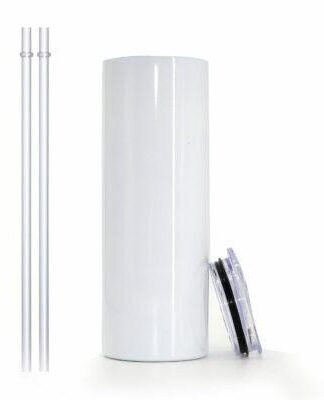Having missing gaps in your dentition can be a source of low self-esteem, forcing you to have only guarded smiles while in public. Dental restorations provide a solution to such issues. Key among such implements for restoration include crowns and bridges. These help to restore aesthetics and functionality. Of course, there’s always a question of how long such artificial implants can last. CEREC dental crowns and bridges are those that are manufactured using computer aids and designs. They’re ideal for same-day dental procedures, meaning you don’t have to wait to have the crown and bridge manufactured. Traditional crowns and bridges can take at least two weeks before they’re ready for dental implantation.
Most people dread the thought of going to see a dentist or any dental professional. As such, the idea of having a crown and bridge implanted is to minimize such dental visits. How long the crowns and bridges stay in place (and in good physical condition) is, therefore, a key consideration whenever you think of dental restoration. Of course, several factors play a key role in how long your crowns and bridges (and dental restoration) last.
Removable and Fixed Bridges
Dental bridges come in two types; removable and fixed ones. Many people prefer the removable ones because of cost and convenience. Having a removable dental bridge will typically cost much less than a fixed one. Convenience is in the form of no surgery. With removable dental bridges, they’re just clipped onto your existing teeth. Sometimes, these teeth may need to be filed accordingly to ensure that these bridges are a perfect fit. Also, you’ll need to clean them every day, a process that’ll require you to dislodge them from your teeth before cleaning.
Fixed dental bridges are further subdivided into two types.
One type is much like the removable ones. You attach the end of a bridge cap to your natural teeth. Unlike removable bridges, you’ll need to cement the bridge in place. The other—and most popular type of fixed dental bridges are those that require implants to hold them in place. With a rising number of people opting to have dental implants, the demand for fixed dental bridges keeps soaring. Dental implants require surgery. A screw-like piece of metal is embedded in the jawbone. This provides the anchor for the attachment of an artificial tooth crown later on. Usually, the screw-like metal is assimilated into your bone structure by a process known as osseointegration. This makes the implant feel like a natural part of your mouth. After the wound from this surgery has healed in about 6 to 12 weeks, an abutment is then affixed to the implant. This is where the crown of the tooth prosthetic will be fixed.
Whichever option of implants and dental bridges you choose, proper maintenance is one thing that will prolong their longevity.
Longevity of Dental Bridges
If you ask several dental health professionals about how long your dental bridges will last, they’ll probably give you varying opinions. But nearly all of them will give you an answer that highlights important factors. For example, your lifestyle and general oral hygiene are crucial. Most professionals will give you a ballpark figure of seven to ten years as the period for how long dental bridges can last. In rare cases, dental bridges can last a lifetime. Even for durable and well-maintained dental bridges, the crown will need to be changed every couple of years. This is because chewing while eating will gradually cause wear on the crown.
Of course, consistent proper oral hygiene practices are essential for the longevity of both bridges and crowns. An average dental bridge can last up to 10 years if all the necessary precautions are taken. This includes good oral hygiene, a healthy lifestyle, and managing any health conditions that could impact dental health.
How to Care for Your Dental Bridges
Proper oral hygiene is probably the most important factor when it comes to ensuring the longevity of your dental bridges. This is because several dental conditions could negatively affect bridges and crowns. For example, gingivitis is an inflammation of the gums that causes pain and redness. It can lead to gradual loosening of fixed bridges if left untreated. Several other conditions like temporomandibular joint disorders can also affect dental bridges.
To ensure their longevity, do the following:
1)Be careful when cleaning your removable bridges. Ideally, you want to do it in front of a sink full of water. This ensures that they don’t break if you accidentally drop them.
2) When cleaning, ensure to use a nice, soft brush that doesn’t damage the dental bridge.
3) Avoid rinsing your mouth with hot water after brushing. This ensures that you don’t warp the bridge.
4) Unless otherwise, don’t leave your dentures in solutions that could compromise their metal attachments. These include denture-soaking solutions and water. Only do so when advised by a dental professional.
All in all, your dental bridges and crowns will last as long as you’re serious about their care.


























